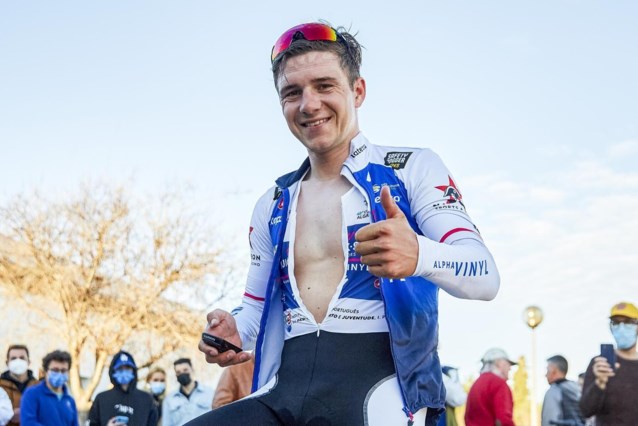According to his Dutch trainer, Pelgrim, he has found his ideal weight at 63kg. They keep rehashing the theory that things went sour in the giro because, at 60-61kg, he was too skinny and his body was unable to take in carbs. So apparently it had nothing to do with it being his first race in 9 months after an injury, rehab and a short prep that went sideways early on.
So, i'm curious how the trainers at QSA, with all their experience in prepping a GC rider, have concluded that this is the best way, and how all these other teams are so stupid that they have not caught on with riders who are taller and lighter than Evenepoel, who should be weighing more so that the balance between power and weight is more advantageous, and that the body can take in carbs better. Clearly the guys at Ineos are a bunch of incompetent dumbasses as they have been training their GC riders to be lighter, and they have been highly, errr, unsuccessful?

Klaar voor “eerste grote test” in de Vuelta: meeste twijfels zijn weg, maar deze laatste vraagtekens moet Remco Evenepoel nog wegwerken
“Noem het maar een eerste grote test.” Aldus Remco Evenepoel over de Vuelta, die vrijdag start. Veel meer dan de Giro van vorig jaar – die hij maar op halve kracht reed – is de komende Ronde van Spanje een eerste belangrijke stap in een meerjarenplanning die tot succes in grote rondes moet...www.nieuwsblad.be
That or the super low weight riders who do well over 3 weeks are powered in the other forum.






